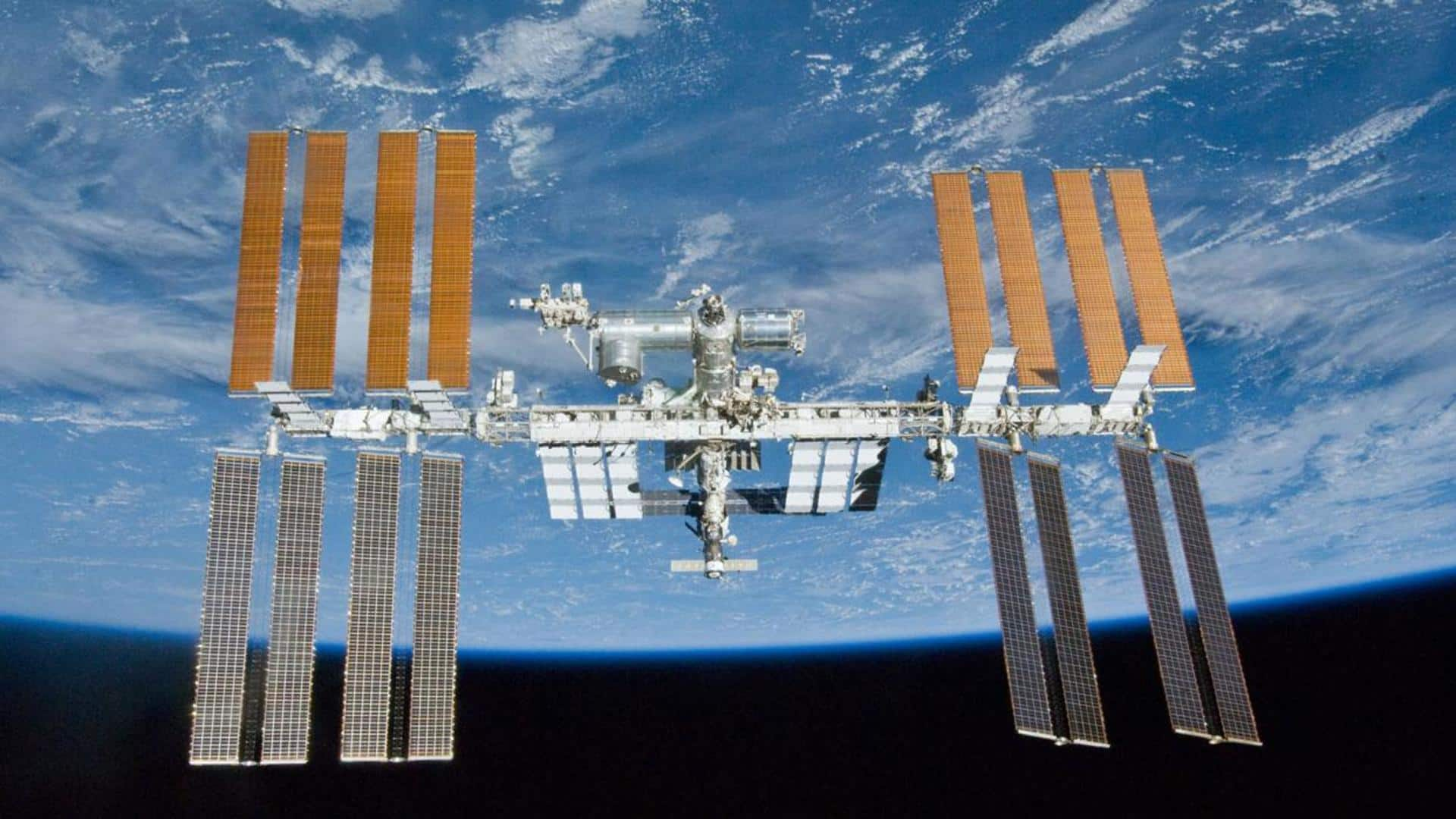
Here's how these astronauts grew tomatoes on the ISS
What's the story
NASA's SpaceX Crew-5 astronauts safely returned to Earth from the International Space Station on Sunday (March 12). During their five-month mission, which commenced in October, the astronauts performed several scientific investigations, the most interesting among them being growing tomatoes in the orbiting space lab. Notably, even leafy green vegetables have been grown on the space station earlier. Here's more about the latest experiment.
Context
Why does this story matter?
The ISS has been continuously occupied for over two decades now, since November 2000. During their stay at the orbiting space lab, astronauts remain quite busy. They have several duties, which include overlooking the onboard science experiments. While astronauts on the space station usually survive on pre-packaged meals, studies are now being carried out to provide the crew members with fresh food.
Mission
Dwarf tomato variety 'Red Robin' grown on ISS
A popular dwarf variety of cherry tomatoes, called "Red Robin," was grown in "Veggie chambers" under two different LED light conditions on the ISS. The corresponding impact on crop growth was analyzed in terms of the differences observed in fruit yield, nutritional composition, and microbial levels. Side by side, ground studies were carried out to determine the effects of spaceflight on crop growth.
Detail
Here's why study is significant
Light treatments with different red-to-blue ratios are tested for each crop grown on the ISS. The tomato-based study can "help define light colors and horticultural best practices to achieve high yields of safe, nutritious dwarf tomato fruit to supplement a space diet of pre-packaged food and to assess any psychological impacts that growing plants might have on the astronauts," said NASA in a blog.
Process
How are plants grown on ISS?
The tomato plants were grown in what are called "pillows," which are bags with a wicking surface containing soilless substrate and fertilizer. The duration for growth is estimated to be 104 days. The crew members attend to the plants by opening the wicks to help seedlings emerge, supplying water, thinning the seedlings, pollination, and monitoring the progress, which is communicated to the ground team.
Results
Crew members take various questionnaires
Crew members take various questionnaires to survey their mood in response to plant growth, and to assess any psychological benefits from interacting with plants in the spaceflight environment. After eating the fresh tomatoes, crew members are also asked to take up an organoleptic assessment (or a "taste test") to analyze the sensory qualities like the flavor, color, appearance, juiciness, aroma, and sweetness, among others.
Significance
Study has significant implications for future crewed missions
From a broader perspective, future crewed exploration missions, like missions to Mars, would require a fresh food supply, along with pre-packaged meals. Importantly, "crop bio-regeneration" will help reduce the launch mass on future missions. This study can also have other significant implications. The hardware used for crop growth on the ISS is similar to a miniature greenhouse, which could be adapted for horticultural therapy.